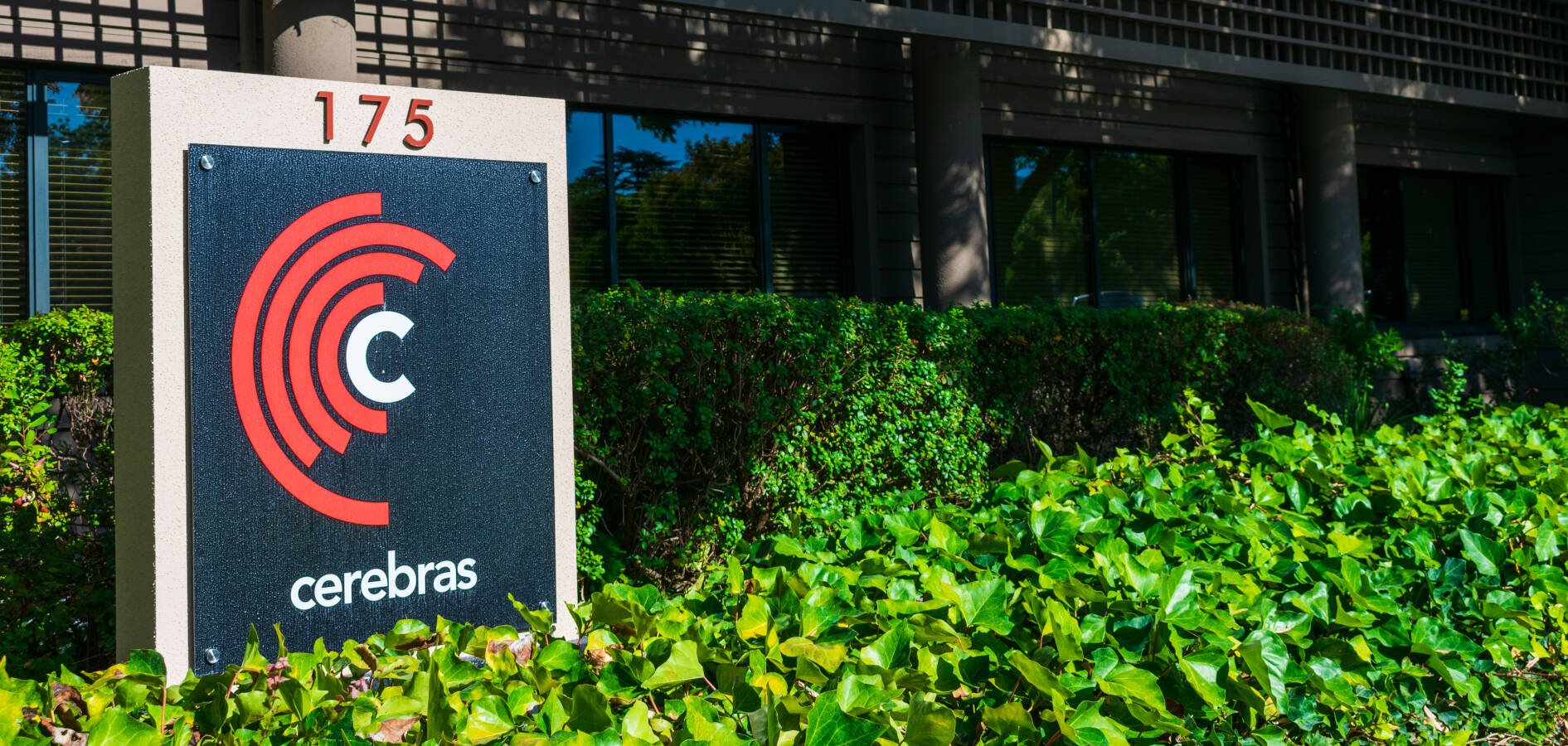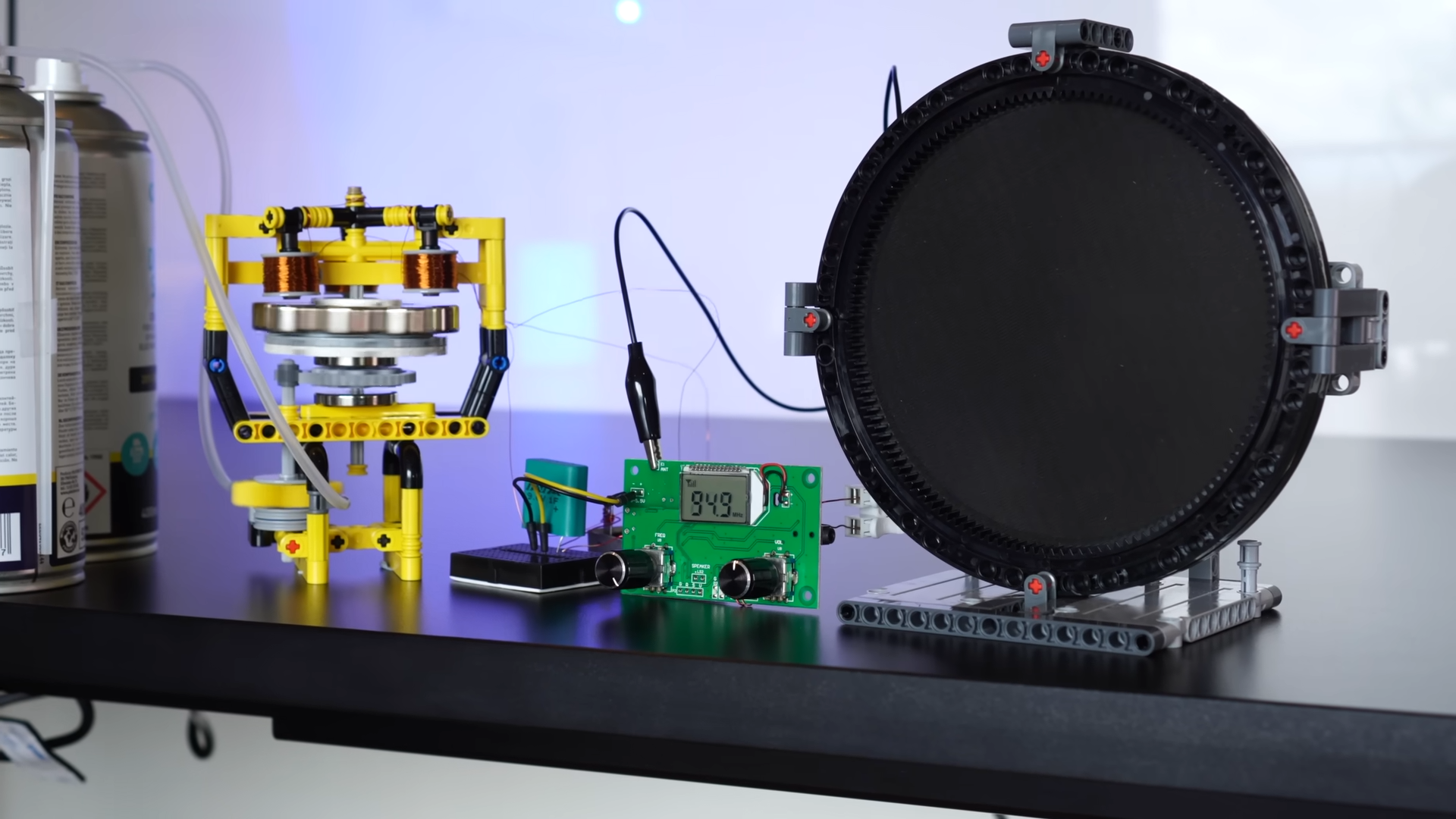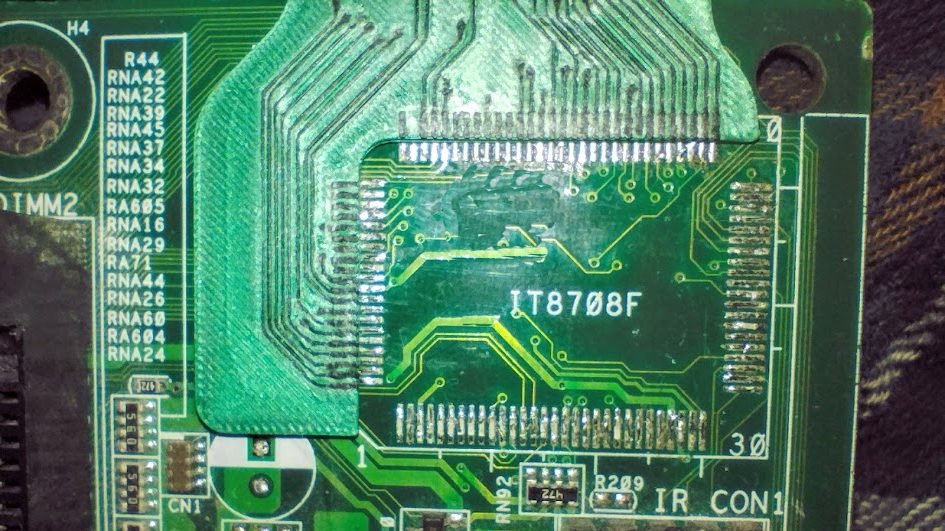The Law of Computing Power: Moore’s Law
Moore's Law: Unlocking the Boundless Potential of Computing The post The Law of Computing Power: Moore’s Law appeared first on AI Parabellum • Your Go-To AI Tools Directory for Success.

The last few decades have witnessed a remarkable evolution in the field of computing power. From the early days of room-sized computers with minimal processing capabilities to the modern era of pocket-sized devices with immense computational power, the progress has been exponential. This exponential growth in computing power is often attributed to Moore’s Law, a principle that has shaped the technology industry for over five decades. Understanding Moore’s Law is crucial in comprehending the rapid advancements in computing and predicting the future of this ever-evolving field.
Understanding Moore’s Law: Definition and Origin
Moore’s Law, formulated by Gordon Moore, one of the founders of Intel, is a principle that states the number of transistors on a microchip doubles approximately every two years, while the cost is halved. This law has been a driving force behind the rapid advancement of technology, as it sets the pace for the development of faster, smaller, and more efficient electronic devices. Moore initially observed this trend in 1965, and his prediction has held remarkably true for several decades, guiding the industry in its pursuit of ever-increasing computing power.
The Mathematical Equation Behind Moore’s Law
While Moore’s Law is often discussed in terms of its observations and implications, there is also a mathematical equation that underlies this phenomenon. The equation that describes Moore’s Law can be expressed as follows: N = N₀ * 2^(t/T), where N represents the number of transistors on a microchip at a given time, N₀ is the initial number of transistors, t is the time elapsed, and T is the doubling time. This equation demonstrates the exponential growth of transistors on a chip, as the number of transistors doubles every T years. It provides a quantitative understanding of the rapid advancement of computing power and allows for predictions about future technological developments.
An Exploration of Technology Scaling and Transistors
To comprehend the implications of Moore’s Law, it is essential to delve into the concepts of technology scaling and transistors. Technology scaling refers to the process of shrinking the size of transistors on a microchip, allowing for more transistors to be packed into the same space. This scaling leads to increased computational power and improved performance, as smaller transistors enable faster switching speeds and reduced power consumption. Transistors, the fundamental building blocks of electronic devices, are responsible for controlling the flow of electrical current within a circuit. As the number of transistors increases, more complex computations can be performed, leading to enhanced processing capabilities and the ability to handle more data. The continuous advancement in the scaling of transistors has been a crucial factor in the exponential growth of computing power.
Implications of Moore’s Law on Computing Industry
The impact of Moore’s Law on the computing industry cannot be overstated. It has provided a roadmap for technological progress, shaping the strategies and investments of companies in the development of new products. The doubling of transistors every two years has led to the creation of smaller and more powerful electronic devices, such as smartphones, laptops, and high-performance computing systems. This increased computing power has revolutionized various sectors, including healthcare, finance, education, and entertainment, enabling the development of innovative applications and solutions. Moore’s Law has also driven competition among technology companies, as they strive to stay ahead by constantly improving their products and pushing the boundaries of computing power.
Challenges to the Continuation of Moore’s Law
Despite its remarkable track record, Moore’s Law is facing challenges that threaten its continuation. One of the major obstacles is the physical limitations of semiconductor technology. As transistors become increasingly small, quantum effects and other physical phenomena start to affect their performance. Additionally, the cost of research and development required to keep up with Moore’s Law is escalating, making it more difficult for companies to invest in new technologies. The limitations of traditional silicon-based technology and the increasing complexity of chip manufacturing pose significant hurdles to sustaining the historical rate of progress. Overcoming these challenges will require innovations in materials, manufacturing techniques, and alternative computing architectures.
Alternatives to Moore’s Law: Post-Moore Computing
As the limitations of Moore’s Law become more apparent, researchers are exploring alternative approaches to continue the trend of increasing computing power. Post-Moore Computing encompasses a range of technologies and concepts that aim to overcome the physical limitations of traditional transistor scaling. This includes innovations such as new materials like graphene and carbon nanotubes, novel computing architectures like neuromorphic and quantum computing, and advancements in software optimization techniques. These alternative paths offer the potential for continued progress in computing power beyond the limitations of Moore’s Law. While these technologies are still in their early stages, they hold the promise of ushering in a new era of computing and enabling further advancements in various fields.
The Future of Computing Power
The future of computing power is both exciting and uncertain. While the challenges to sustaining Moore’s Law are significant, the industry is continuously pushing the boundaries of technology to find new solutions. Whether through advancements in traditional semiconductor technology or the adoption of post-Moore computing paradigms, the quest for greater computing power will likely persist. The evolution of computing power has transformed the world we live in, and it will continue to shape our lives in ways we cannot yet fully comprehend. As we embark on this journey into the future, one thing is certain: the law of computing power will remain a driving force behind technological progress for years to come.
The post The Law of Computing Power: Moore’s Law appeared first on AI Parabellum • Your Go-To AI Tools Directory for Success.





































































![Get Up to 69% Off Anker and Eufy Products on Final Day of Amazon's Big Spring Sale [Deal]](https://www.iclarified.com/images/news/96888/96888/96888-640.jpg)
![Apple Officially Releases macOS Sequoia 15.4 [Download]](https://www.iclarified.com/images/news/96887/96887/96887-640.jpg)












![What’s new in Android’s March 2025 Google System Updates [U: 3/31]](https://i0.wp.com/9to5google.com/wp-content/uploads/sites/4/2025/01/google-play-services-1.jpg?resize=1200%2C628&quality=82&strip=all&ssl=1)


![Oppo ditches Alert Slider in teaser for smaller Find X8s, five-camera Find X8 Ultra [Gallery]](https://i0.wp.com/9to5google.com/wp-content/uploads/sites/4/2025/03/oppo-find-x8s-ultra-teaser-1.jpg?resize=1200%2C628&quality=82&strip=all&ssl=1)











-xl-xl.jpg)
























































































































































![[The AI Show Episode 141]: Road to AGI (and Beyond) #1 — The AI Timeline is Accelerating](https://www.marketingaiinstitute.com/hubfs/ep%20141.1.png)
![[The AI Show Episode 140]: New AGI Warnings, OpenAI Suggests Government Policy, Sam Altman Teases Creative Writing Model, Claude Web Search & Apple’s AI Woes](https://www.marketingaiinstitute.com/hubfs/ep%20140%20cover.png)
![[The AI Show Episode 139]: The Government Knows AGI Is Coming, Superintelligence Strategy, OpenAI’s $20,000 Per Month Agents & Top 100 Gen AI Apps](https://www.marketingaiinstitute.com/hubfs/ep%20139%20cover-2.png)




























































































































![From broke musician to working dev. How college drop-out Ryan Furrer taught himself to code [Podcast #166]](https://cdn.hashnode.com/res/hashnode/image/upload/v1743189826063/2080cde4-6fc0-46fb-b98d-b3d59841e8c4.png?#)




























-1280x720.jpg?width=1920&height=1920&fit=bounds&quality=80&format=jpg&auto=webp#)





























































